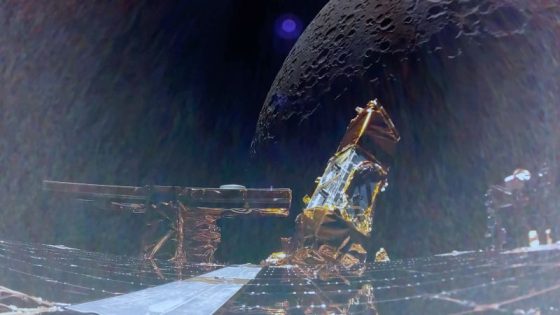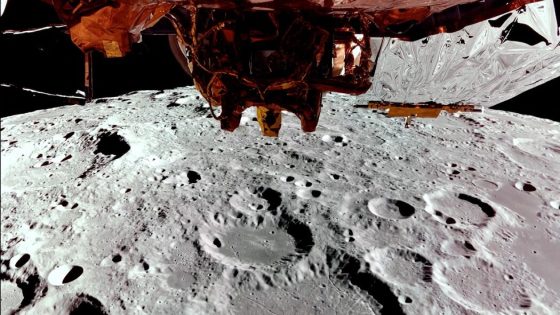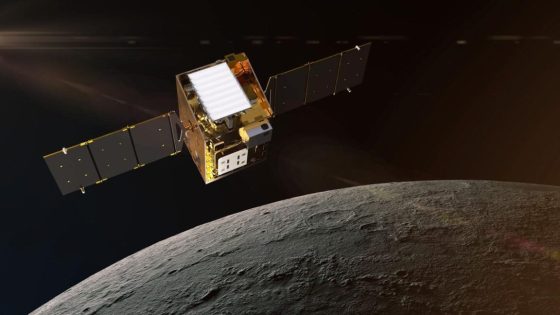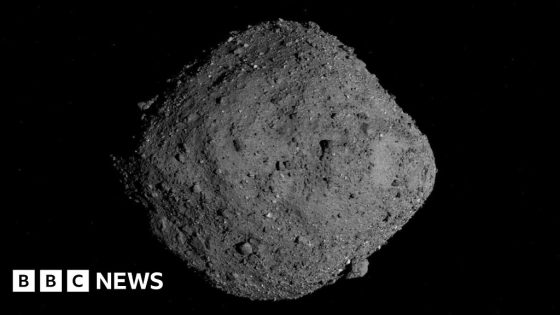A new plasma electric rocket engine developed by Russia could revolutionize space travel to Mars. This innovative technology promises to cut the travel time to the Red Planet down to just 30 days. As we look to the future of space exploration, how will this advancement impact human missions to Mars?
- Current Mars trips take six to nine months.
- Russia's plasma electric rocket could shorten travel.
- Plasma engine accelerates particles to 62 miles/second.
- Testing in simulated space conditions underway.
- NASA collaborates on nuclear thermal rocket.
- SpaceX plans uncrewed Mars missions by 2026.
Russia’s Plasma Rocket Engine: A Game Changer for Mars Missions
Could a faster journey to Mars be on the horizon? The new plasma electric rocket engine developed by Russia’s Rosatom corporation aims to make this a reality. Traditional rockets take six to nine months to reach Mars, but this innovative engine could shorten that time to just one or two months. What does this mean for future astronauts?
How Does the Plasma Rocket Engine Work?
The plasma rocket engine operates differently from traditional rockets. Instead of burning fuel, it uses electric propulsion to accelerate charged particles. This method allows for much higher speeds—up to 62 miles per second—compared to the 2.7 miles per second of conventional engines. Here’s how it works:
- Uses hydrogen as fuel for efficient propulsion.
- Generates thrust by moving charged particles between electrodes.
- Achieves speeds that could cut travel time to Mars significantly.
- Currently undergoing tests in simulated space conditions.
Global Race to Mars: Who’s Competing?
Russia isn’t alone in the quest for faster Mars travel. NASA is also exploring advanced propulsion technologies, including a nuclear thermal rocket engine. This collaboration aims to reduce transit times for human missions. Additionally, private companies like SpaceX are planning uncrewed missions to Mars as early as 2026. The competition is heating up!
The Future of Space Exploration and Human Missions
As advancements in rocket technology continue, the prospect of sending humans to Mars becomes more tangible. Faster travel times could lead to safer missions and more opportunities for exploration. What challenges will we face as we push the boundaries of space travel?
In conclusion, the development of Russia’s plasma electric rocket engine could mark a significant milestone in our journey to Mars. As nations race to enhance their space capabilities, the future of human exploration on the Red Planet looks promising.

































![Will Avalanche [AVAX] Plunge Further? Bears Set Sights on $14.5 Support!](https://news.faharas.net/wp-content/uploads/2025/03/Will-Avalanche-AVAX-Plunge-Further-Bears-Set-Sights-on-145.webp.webp)